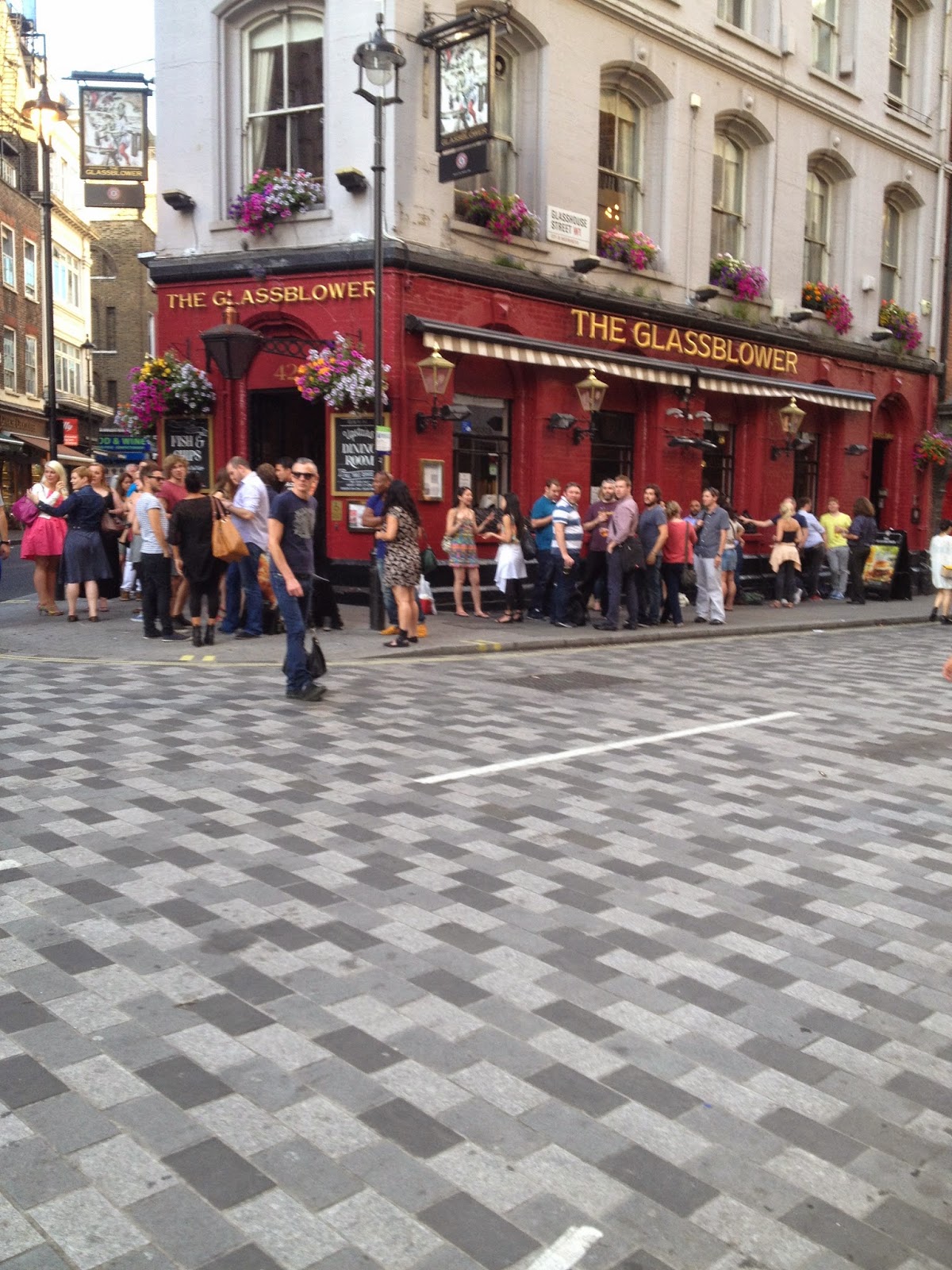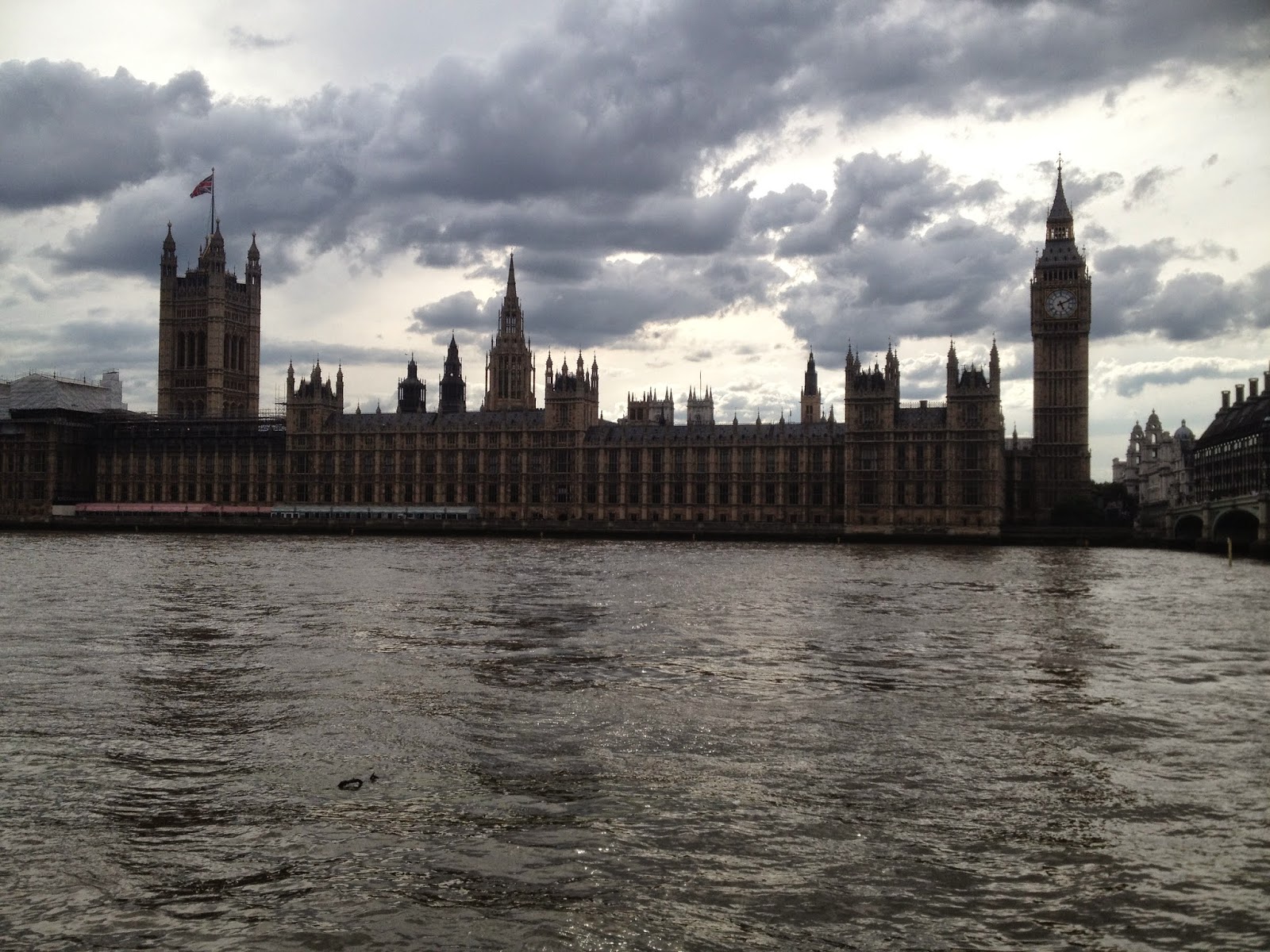FIRST IMPRESSIONS
Flying to Europe from the east coast of America usually involves getting on a plane around 8 at night, flying all night, and then arriving at your destination in the morning of the following day. When I used to fly every year to Scotland, Icelandair had a hub at BWI in Baltimore and you would land in Keflavik in the early hours, grab some beer and fish for about an hour or so, get on another plane and proceed to Glasgow. Icelandair was awesome. They even gave you hot towels in the economy cattle-call section. Keflavik International Airport was all stainless steel and stained glass surreal, complete with a baby dinosaur hatching from a gigantic silver dinosaur egg out front. It was especially bizarre looking in the dead of winter when the whole place resembled Ice Station Zebra. But things have changed, and Father Time has not been kind to Iceland. Keflavik now resembles an airport in a third world nation. I'm thinking the economic disaster in 2008 really hit Iceland hard. The airport looks like a dark basement with cheesy red Ikea knockoff furniture. The duty free is expensively sparse and women guards eye everyone with woolly suspicion. There was one noisy coffee machine to service the mobs of bleary-eyed passengers who had flown all night. And then there are these weird sandwiches with strange combinations of undefinable food wrapped in thick tasteless bread. Why can't the good just stay good?
Flying to Europe from the east coast of America usually involves getting on a plane around 8 at night, flying all night, and then arriving at your destination in the morning of the following day. When I used to fly every year to Scotland, Icelandair had a hub at BWI in Baltimore and you would land in Keflavik in the early hours, grab some beer and fish for about an hour or so, get on another plane and proceed to Glasgow. Icelandair was awesome. They even gave you hot towels in the economy cattle-call section. Keflavik International Airport was all stainless steel and stained glass surreal, complete with a baby dinosaur hatching from a gigantic silver dinosaur egg out front. It was especially bizarre looking in the dead of winter when the whole place resembled Ice Station Zebra. But things have changed, and Father Time has not been kind to Iceland. Keflavik now resembles an airport in a third world nation. I'm thinking the economic disaster in 2008 really hit Iceland hard. The airport looks like a dark basement with cheesy red Ikea knockoff furniture. The duty free is expensively sparse and women guards eye everyone with woolly suspicion. There was one noisy coffee machine to service the mobs of bleary-eyed passengers who had flown all night. And then there are these weird sandwiches with strange combinations of undefinable food wrapped in thick tasteless bread. Why can't the good just stay good?
Coming in from busy Heathrow Airport on the hectic motorway we went through inexpicable environmental zones with weird signs — Emissions, Camera Enforcement, Peak Travel — but no toll plazas.
London in the summer rivals NYC in crowds. LOTS of Chinese.
Red double-decker buses and blue Barclay's smart bikes were everywhere. Riding a bike in the maddening city looks scary crazy.
Indian film makers were shooting action movies along the South Bank like they owned the place.

The biggest change is Climate Change. These days it is much warmer and dryer. Which means it is not as green and lush. But when it rains, it's pretty soggy and under water.
Fracking is a very contentious issue and you hear about it wherever you go. Given the crisis in the Ukraine and the need to become "energy independent", the Brits are looking hungrily to the oil and gas, shale, and coal areas in the Midlands, central Scotland, and the southeast coast in order to reduce dependence on foreign energy.
WiFi is a giant pain in the ass in Britain if you don't have a SIM card which essentially plugs you into the British phone system. It's not cheap to go that route, and some American phone companies, like Verizon, are not compatible with the European phone system. It's certainly not like what we are used to in the U.S. where you can just walk outside and are seamlessly connected. That kind of service is totally non-existent in Britain without a phone card. In order to get on line, you need to go inside a business that offers WiFi — either free or for a charge — and then you need to ask the proprietor for their user name and password. The English are totally plugged in to the Internet just like us and everyone is walking around engrossed in their Smart phones wherever you go. You feel left out when your phone isn't connected. It was amusing to see that they have complemented the classic red English phone booths that are still in every British city, and all over the place in London, with cute little black and yellow "WIFI Here" phone booths on the busier streets.
LONDON SNAPSHOTS
After walking from our hotel for about eight whirlwind hours on our first day in London, covering endless miles, from the west end to the east, our heads were filled with visions of sugar plums:
We began our journey by heading north through handsome residential neighborhoods of buff-sandstone apartments to Westminster Cathedral, Westminster Abbey's red-haired stepchild, before taking in the Buckingham Palace changing of the guard at 11, which by dumb luck, was exactly when we got there.
Manicured St. James Garden, with its ginormous sycamores and majestic Linden trees, shading the begging ducks, mute swans, and white-fronted geese, looked like something out of a Victorian fantasy.
The eerily empty Roman-ringed Horse Guard Palace was guarded by stone-faced helmeted soldiers in shiny black leather atop silver-wrapped horses with an attitude.
Trafalgar Square, crowned by the grey marbled National Gallery, was a total mob scene where Star Wars characters pimped like cartoon sentries for photos while magically levitating in the air.
With little or no difficulty, we managed to find the Tourist Deal gazebo in Charring Cross across from the historic Garrick Theater, where "Let It Be", the untold story of the Beatles, was playing, and we patiently waited in the long line in the stifling basement of the large kiosk to replace our two London Passes that I left back at home like a dumb ass.
With our two new blue credit card London Passes in hand, we finally took a much-deserved break for a few cold San Miguels at the storied Garrick Pub; refreshed and invigorated, we used our handy-dandy, three day pass to check out the National Portrait Gallery where there was a fine Virginia Wolf exhibit and portraits of every British person of nobility that ever walked the earth, along with one of TS Eliot with a melting face.
Then we headed over to the Apple Market where we bought a fine framed painting of St. Paul's Cathedral from the days of yore and a Celtic hip flask made of pewter.
We valiantly continued down the rabbit hole along wondrous Fleet Street, past the eye-popping, block-long Royal Courts of Justice, stopping at a yummy French Restaurant (Cafe Rouge) with open-air windows overlooking St Paul's Cathedral and the Tourist Information Center with its trippy silver winged building.
And then it was on to Monument Square in the "new" blue downtown section of London with its golden pineapple flame atop Christopher Wren's white marble Fire of London Tower — its height reflecting the exact distance to the start of the terrible blaze in Pudding Lane in September1666.
It was late afternoon and we passed hordes of dark-suited businessmen and women pounding beers after work in front of pubs that had been transformed into open-air beer gardens.
We had another few pints before heading over the white pedestrian Millennium Bridge across the murky-brown Thames.
Nearing the end of our long journey across the entire length of London by foot, we headed down along the bank-side stone pathway to the Tower of London where we caught the Boat Bus back to the Embankment near Big Ben and Parliament.
And finally, with very sore feet and tired eyes, we returned at a still-sunny nine o'clock to our hotel via the tree-lined Victoria Embankment guarded by stone-faced buildings and noisy pigeons and seagulls.
So here's the thing: boat buses beat any other kind of public transportation hands down. And you can buy good beer on board there too!



















































Thanks for the description. I will be visiting in Sept - first time. I look forward to your updates.
ReplyDeleteGlad you liked it. There's a lot more to come!
ReplyDeleteGreat read - thoughts of Ronnie!
ReplyDeleteBeen there several times, and your narrative brings it all back...a great town!. And especially enjoyed your reflections during your visit to St. Paul's... one old Anglican to another.
ReplyDelete